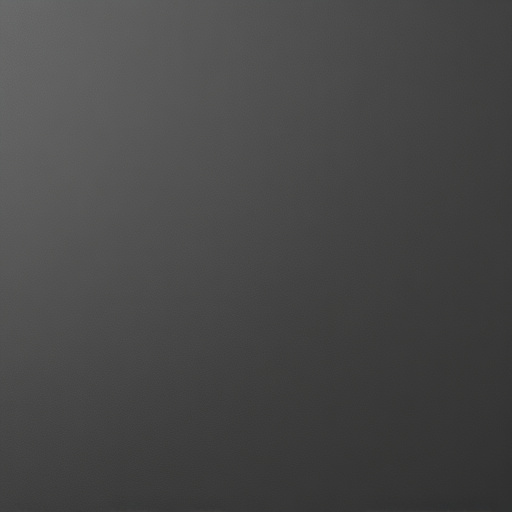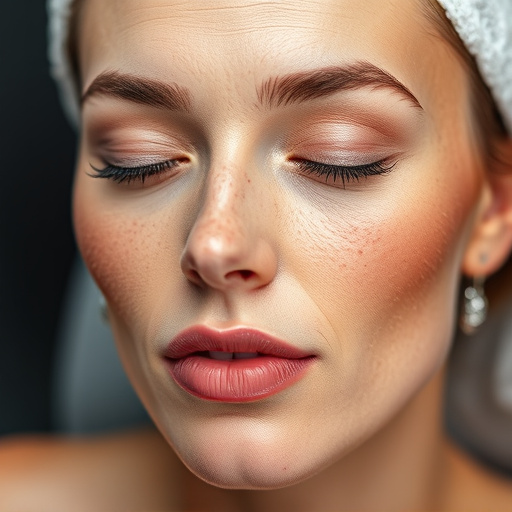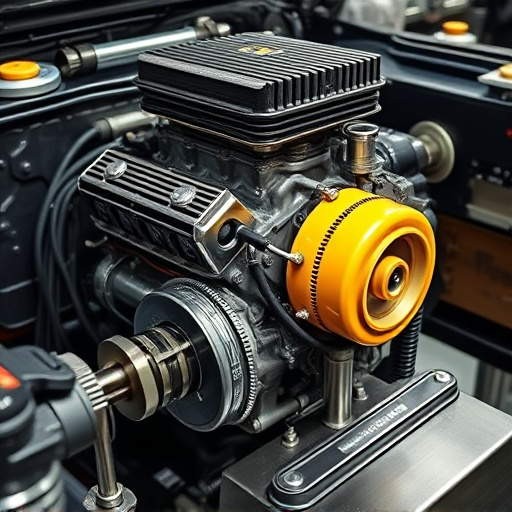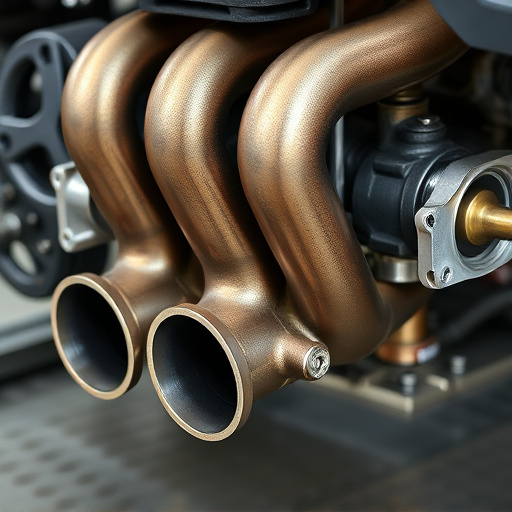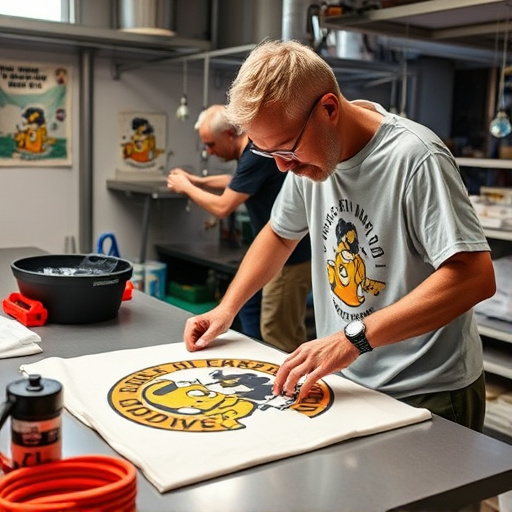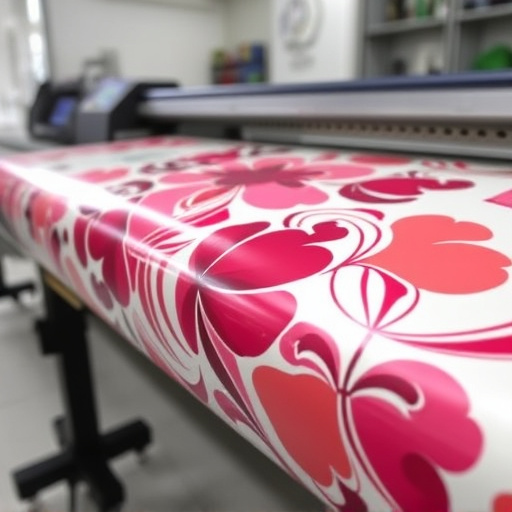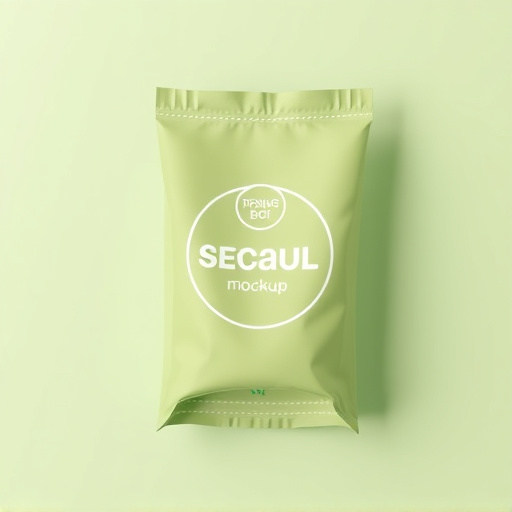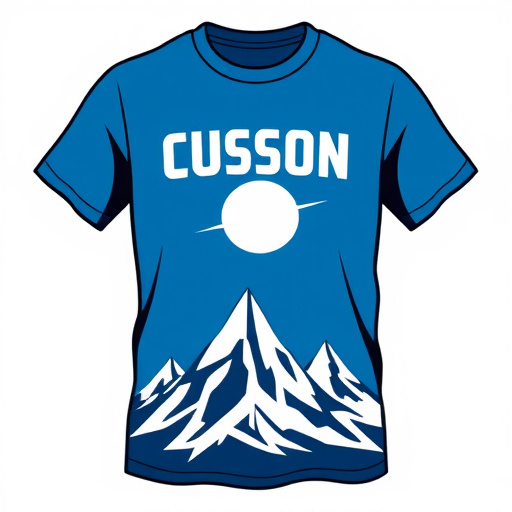DTF print technology offers numerous advantages for creating high-quality, vibrant designs on various materials, especially t-shirts. A top-tier DTF printer with high resolution and precise ink control is crucial for optimal results, accommodating different fabric types and intricate graphics. Using compatible inks maintains fabric texture and color vibrancy. Proper preparations, including material selection and printer calibration, enhance print quality. Post-print finishing techniques ensure longevity and aesthetic appeal, safeguarding against fading or peeling. Maximize DTF Print Advantages for high-quality, durable custom transfers.
Unleash the full potential of your printing with DTF (Direct to Forme) technology. This innovative method offers unparalleled advantages in terms of quality, precision, and efficiency. To harness its benefits, this guide delves into the essential steps: understanding DTF print technology, meticulous pre-printing preparations, and expert post-print finishing techniques. Maximize your DTF printing results with these proven strategies for outstanding visuals and longevity.
- Understanding DTF Print Technology for Optimal Quality
- Pre-Printing Preparations for Maximized Results
- Post-Print Finishing Techniques for Longevity and Aesthetics
Understanding DTF Print Technology for Optimal Quality
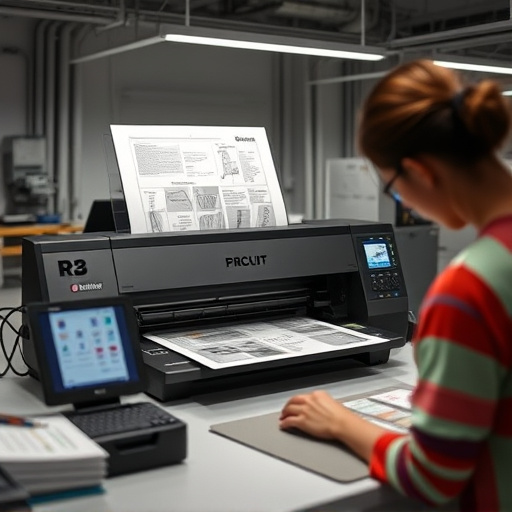
Understanding DTF Print Technology for Optimal Quality
DTF (Direct to Fabric) print technology offers significant advantages in producing high-quality, vibrant designs on various materials, particularly for clothing brands looking to create unique and personalized t-shirts. This innovative process allows for direct printing onto fabrics without the need for intermediate transfers, ensuring exceptional detail and color accuracy. By utilizing specialized inks and advanced printers, DTF printing delivers long-lasting results, making it an ideal choice for both small businesses and established brands aiming to leave a lasting impression with their logos on clothing.
For optimal quality, it’s essential to invest in a best dtf printer that supports high-resolution printing and offers precise control over ink deposition. The right printer should accommodate different fabric types and allow for easy customization of settings to suit various design requirements, whether creating intricate graphics or simple yet bold logos for dtf printing on t-shirts. Additionally, using top-quality inks compatible with DTF technology ensures that colors remain vivid and fabrics maintain their texture, resulting in exceptional final products.
Pre-Printing Preparations for Maximized Results
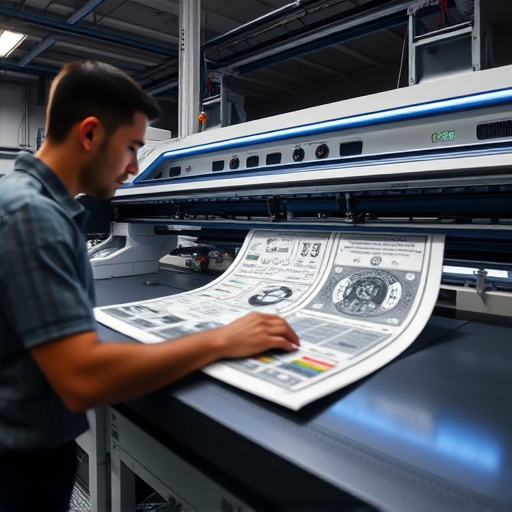
Before diving into the printing process, ensuring proper preparations can significantly enhance the final DTF print advantages on your custom graphic tees or direct-to-film personalized hoodies. Start by selecting high-quality materials suitable for DTF printing; this includes both the tee or hoodie fabric and the ink itself. The right combination ensures optimal color vibrancy and durability. Additionally, cleaning and preparing your best DTF printer is crucial; a spotless print surface and well-calibrated settings will yield precise results.
Consider the design aspect carefully; intricate details and fine lines require higher resolution and precision during printing. Testing the ink on scrap material first allows you to adjust settings for the best outcome, ensuring no unwanted smudging or bleeding occurs. Remember, the key lies in attention to detail, using the right materials, and preparing your equipment to capitalize fully on the DTF Print Advantages.
Post-Print Finishing Techniques for Longevity and Aesthetics
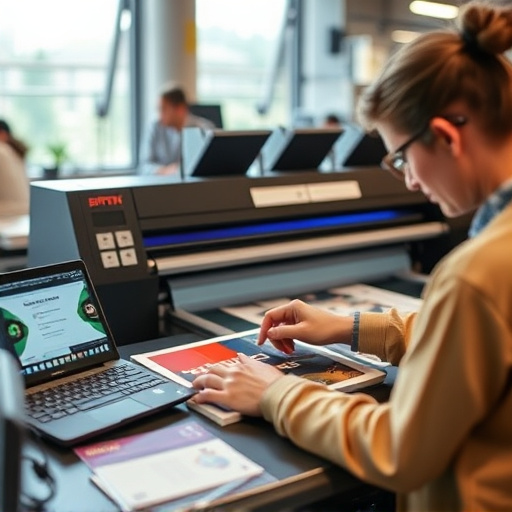
After printing with Direct to Garment (DTF) technology, utilizing post-print finishing techniques can significantly enhance the longevity and aesthetic appeal of your designs. One crucial step is heat setting the print, which ensures the ink fuses with the fabric for a durable finish. This process prevents fading or peeling, especially for custom DTF transfers intended for clothing brands.
Additionally, considering options like curing with UV light or applying protective coatings can further protect the print from environmental factors and enhance its vibrancy. These finishing techniques are particularly beneficial when aiming for high-quality results with your best DTF printer. By implementing these post-print methods, you can guarantee that your printed designs maintain their visual impact and last for years to come.
Applying DTF (Direct to Film) print technology offers significant advantages in terms of quality, durability, and aesthetics. By understanding the technology, preparing prints properly, and utilizing post-print finishing techniques, you can maximize the benefits of DTF printing. These steps ensure that your final products not only look stunning but also last longer, making it an ideal choice for various applications. Embrace the DTF Print Advantages and elevate your printing game today.
